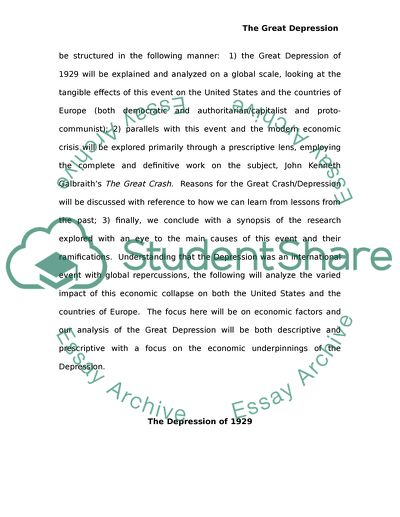Cite this document
(The Rise of the West: The Great Depression Article, n.d.)
The Rise of the West: The Great Depression Article. Retrieved from https://studentshare.org/history/1727637-us-economic-history-20th-century
The Rise of the West: The Great Depression Article. Retrieved from https://studentshare.org/history/1727637-us-economic-history-20th-century
(The Rise of the West: The Great Depression Article)
The Rise of the West: The Great Depression Article. https://studentshare.org/history/1727637-us-economic-history-20th-century.
The Rise of the West: The Great Depression Article. https://studentshare.org/history/1727637-us-economic-history-20th-century.
“The Rise of the West: The Great Depression Article”, n.d. https://studentshare.org/history/1727637-us-economic-history-20th-century.


